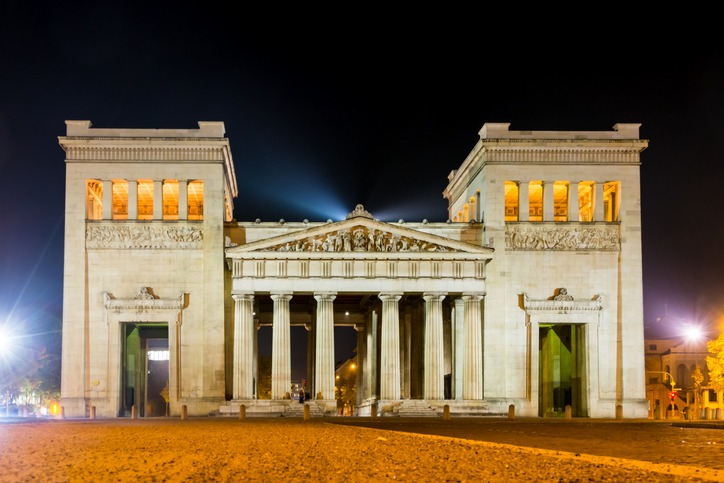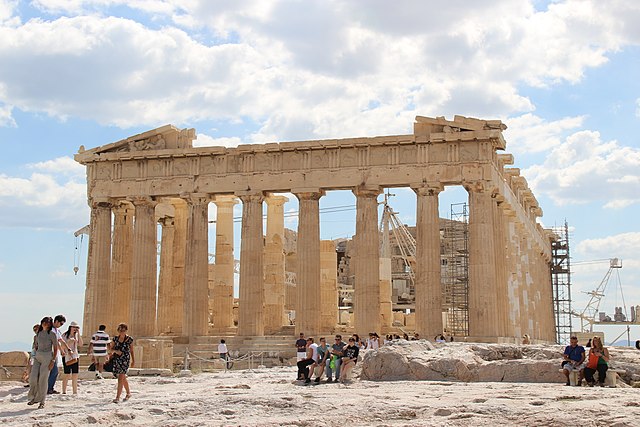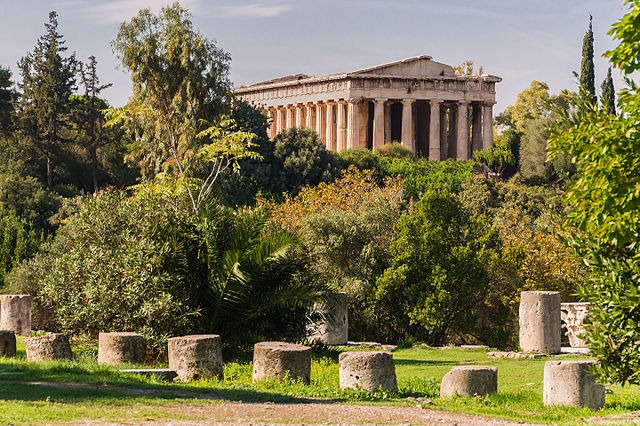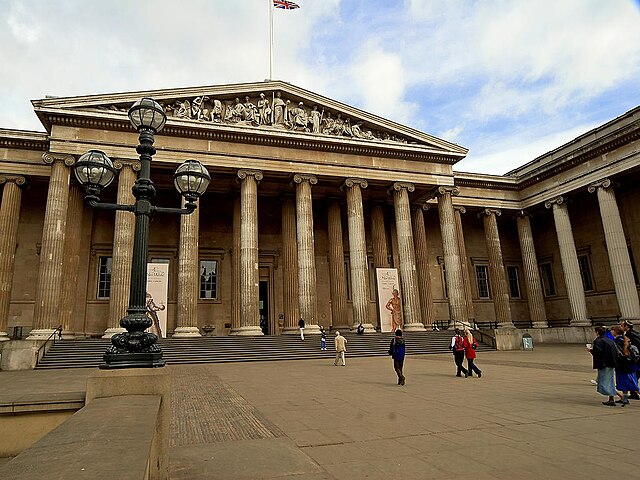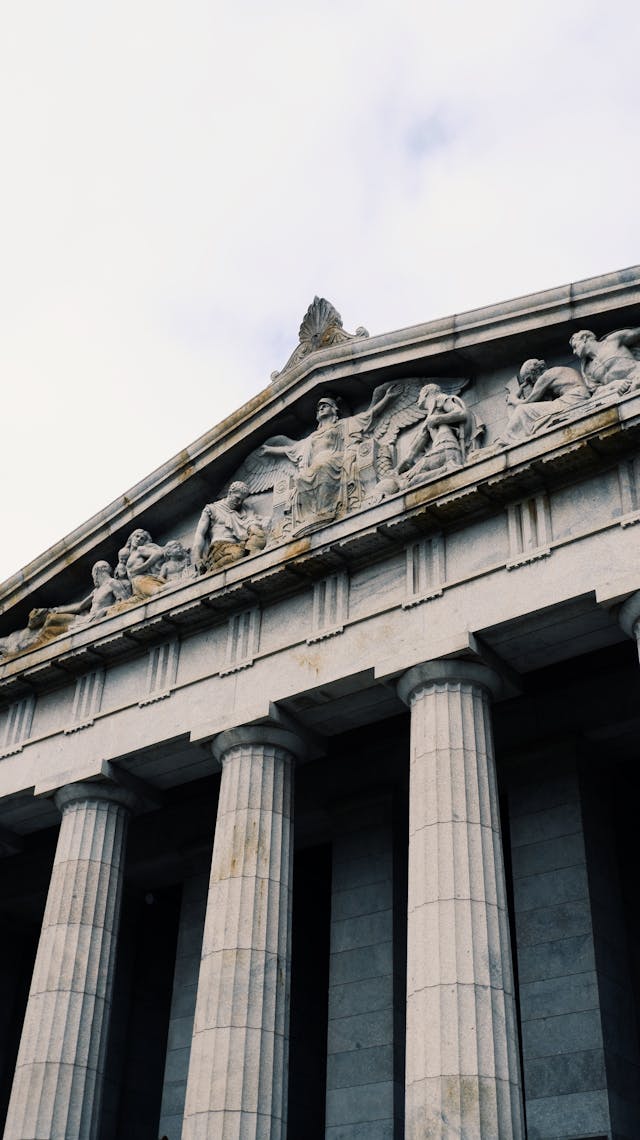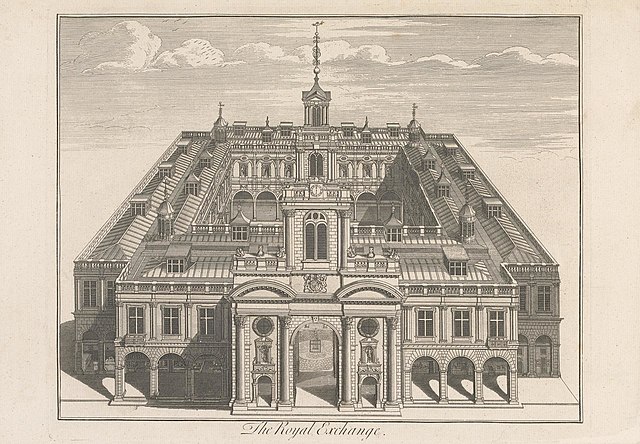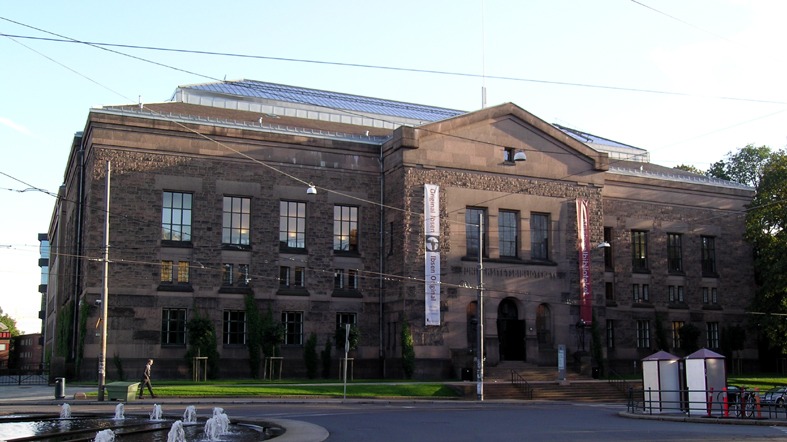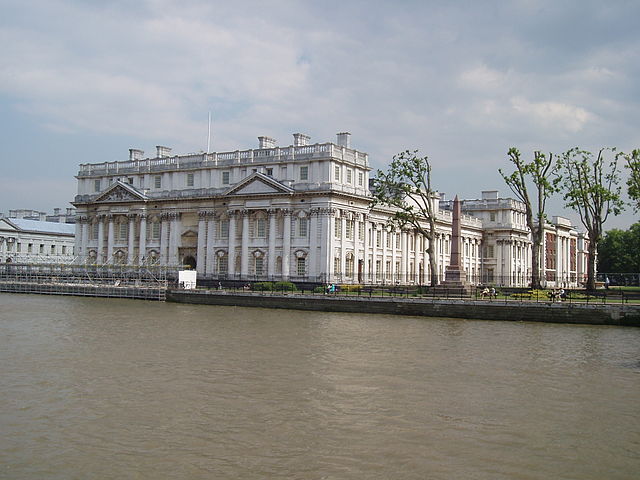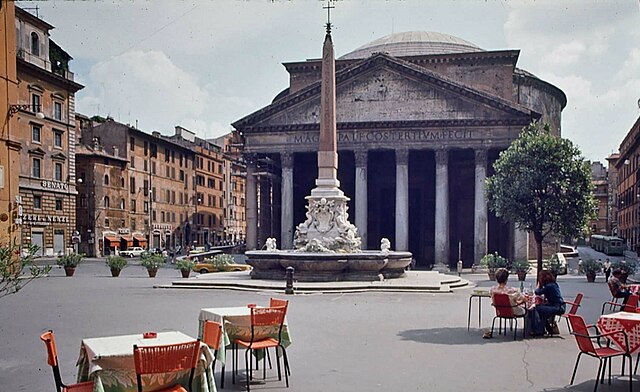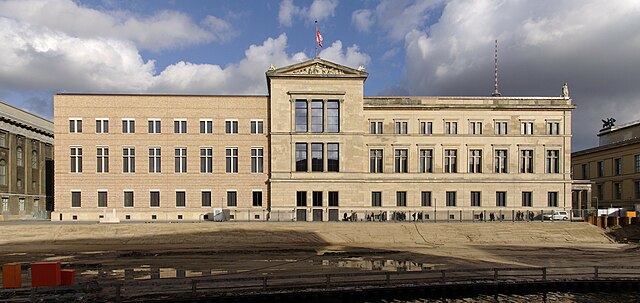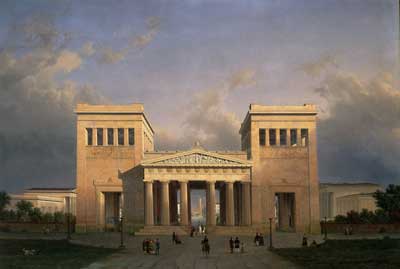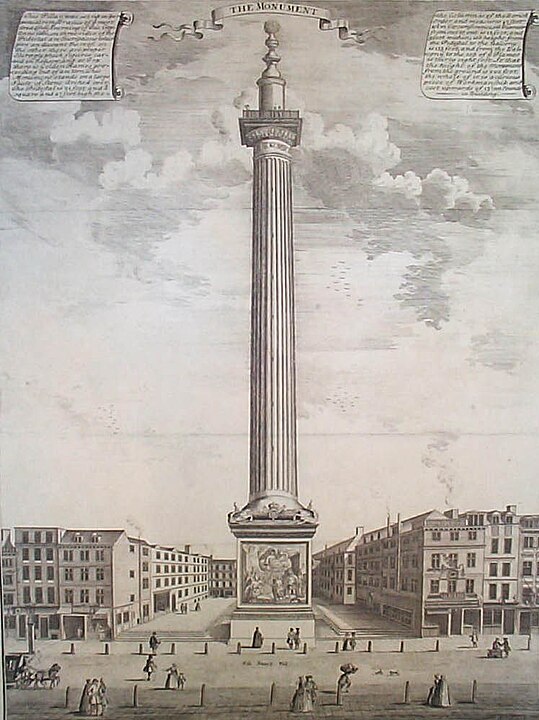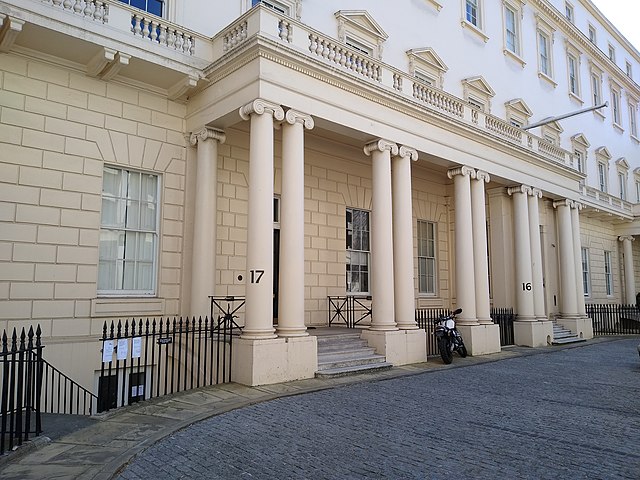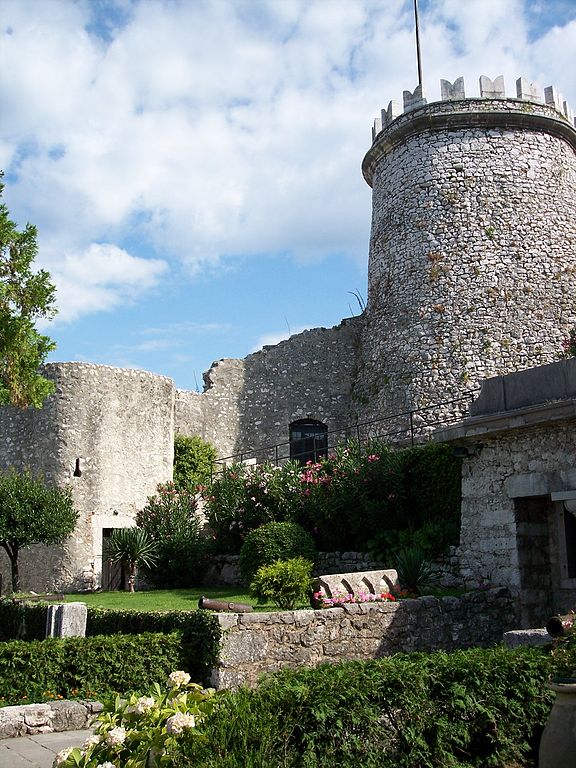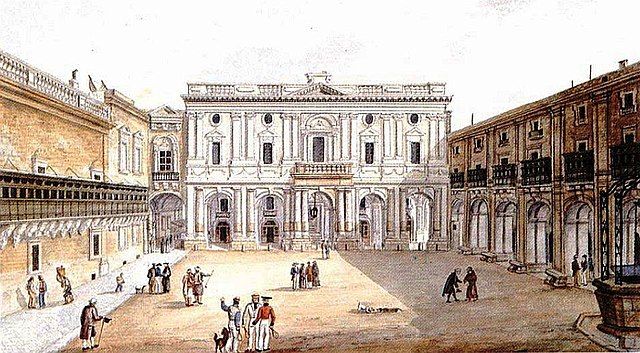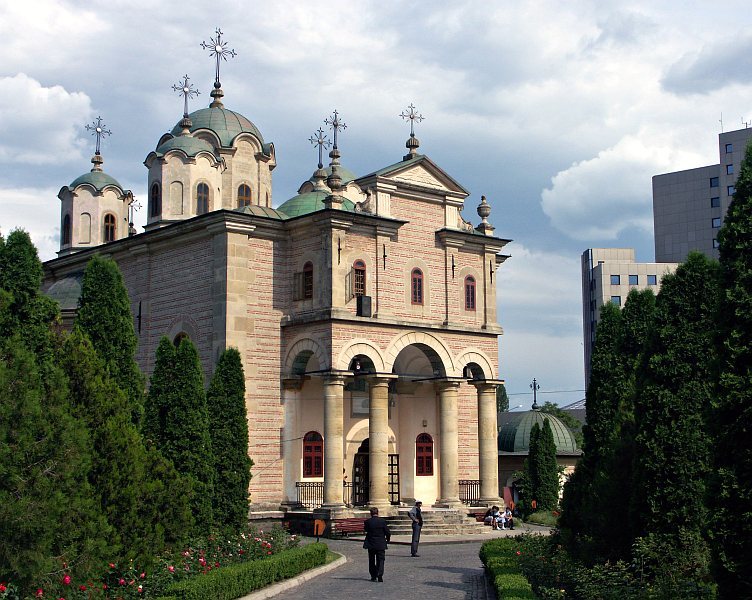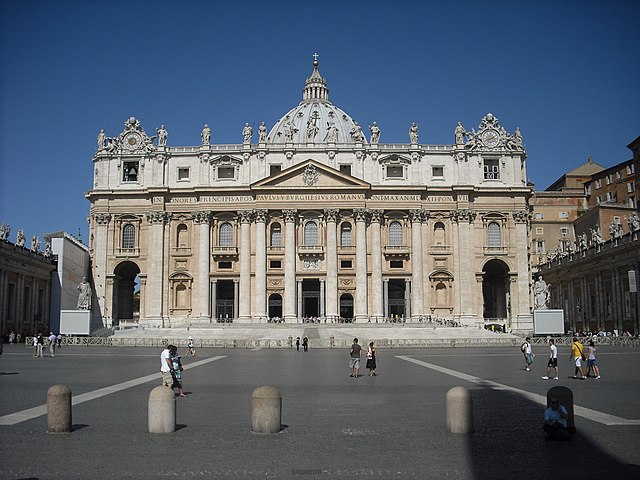Europe is the continent with probably the most number of buildings that use Doric columns. With its origins within the neighboring countries, it is no doubt that Greek architecture heavily influenced many European nations.
Here are some of the buildings using doric columns in Europe:
The Parthenon – Athens, Greece
Perhaps the most iconic example of Doric architecture, the Parthenon on the Acropolis of Athens was dedicated to the goddess Athena and remains a symbol of the classical spirit of ancient Greece.
Temple of Hephaestus – Athens, Greece
Another well-preserved example of a Doric temple in Athens, dedicated to Hephaestus, the god of fire and craftsmanship.
The British Museum – London, United Kingdom
The museum’s Greek Revival façade, designed by Sir Robert Smirke, prominently features Doric columns, drawing inspiration from the ancient Greek architectural tradition.
Walhalla memorial – Regensburg, Germany
Overlooking the Danube River, this hall of fame and memorial for notable figures in German history is styled after the Parthenon in Athens and features Doric columns.
Royal Exchange – Edinburgh, Scotland
Now housing the Edinburgh City Council, the Royal Exchange’s exterior is adorned with Doric columns, reflecting the neoclassical architectural style popular in the 18th century.
University of Oslo – Oslo, Norway
The central building of the university, designed by architect Christian Heinrich Grosch, features a portico with Doric columns, embodying the neoclassical style.
Old Royal Naval College – Greenwich, London, UK
Designed by Sir Christopher Wren and Nicholas Hawksmoor, the college buildings are an exemplary display of English Baroque architecture, incorporating Doric columns in their design.
Pantheon – Rome, Italy
Although primarily known for its Corinthian columns at the portico entrance, the Pantheon’s interior structure and the massive dome also draw on principles of classical architecture, including the simplicity of the Doric order.
Neues Museum – Berlin, Germany
Part of the Museum Island complex, the Neues Museum incorporates Doric columns in its design, blending classical elements with 19th-century architectural innovation.
Propylaea, Munich Germany
This building serves as a city gate in Munich, which is a federal state of Germany. Leo von Klenze completed the construction of this building in 1862. The city gate possesses excellent historical value to the people of Munich, and one reason is that it also serves as a memorial.
The design of this building features different Greek orders, including Ionic columns in some parts of the building and six Doric columns in front.
Monument of the Great Fire of London, London, United Kingdom
The Monument of the Great Fire of London could be one of the best examples of a Doric column since its appearance is simply one giant Doric column with a gilded urn of fire on top. Also known as the Monument, it commemorates the Great Fire that wreaked havoc in London, on September 2, 1666.
Queen’s Gallery, London, United Kingdom
This building is a public art gallery in London that displays artworks from the Royal Collection. It opened in 1962, and millions of people already came to visit the gallery through the years. In 1999, the gallery closed for an extensive work, which includes adding four Doric columns in the entrance.
Carlton House Terrace, London, United Kingdom
Carlton House Terrace is a building on a lease, which initially was the possession of Henry Boyle, then succeeded by different people, including Baron Carleton. The building had many renovations, and until now, it is in good shape. Neoclassical design is one of the factors of this building, which includes the Corinthian and Doric columns.
Trsat Castle, Rijeka, Croatia
Trsat Castle is an ancient castle used in the Roman days, which got renovated in the 19th century. Today, the courtyard of the fort serves as a restaurant and a tourist attraction in Trsat, Croatia. The appearance of the castle resembles neoclassical style, usually what you imagine a castle would look. One feature that is apparent on the castle is its Doric columns in the façade and other parts of the premise.
National Library of Malta, Malta
The National Library of Malta is a reference library founded by Emmanuel de Rohan-Polduc in 1776. Also known as Bibliotheca, a neoclassical building houses this library, which is home for various collections, as well as archives.
The library also uses Doric columns, as well as other column orders in different parts of the building.
Saint Peter and Paul Church, Barboi, Romania
The Barboi church is one of the most known churches in Romania, wherein it’s also dedicated to Saint Peter and Saint Paul. The design of the church has a strong neoclassical element, and pretty much-utilized stones and brick. Doric columns are also present in different parts of the church, noticeably in the entrance.
St. Peter’s Basilica, Vatican City
St. Peter’s Basilica is well-known not only in the Vatican but also around the globe. This church is the largest in the world, and its regarded as one of the holiest shrines. The church is home for different popes and archbishops throughout the years, starting from its completion in 1626.
The structure of this building is an architectural success as regarded by its designers and engineers. Its designs show a renaissance and baroque style, wherein different column orders are still present in different parts of it.
Final Thoughts
These buildings, spanning various countries and eras, illustrate the versatility and timeless appeal of Doric columns in conveying strength, beauty, and a sense of order, making them enduring symbols of classical architecture in the European landscape.

